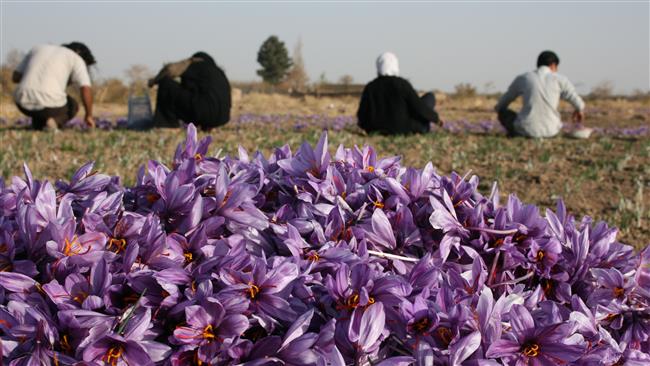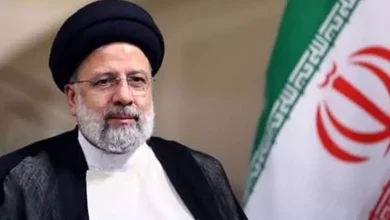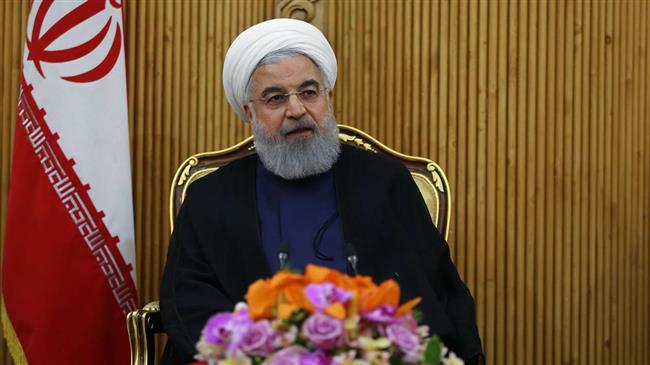Iran establishes saffron bank


Iran has launched a high-security bank to store major amounts of the crown jewel of its non-oil exports – saffron.
The bank has been set up in the northeastern city of Torbat Heydariyeh which is one of the main heartlands of the country’s saffron industry.
The storage capacity of the facility is 10 tons, Gholamreza Karimi, the governor of the bank was quoted by the media as saying. Nevertheless, Karimi added, this can be increased to as high as 20 tons in the future.
The official added that farmers can deposit their saffron in the bank, adding that the herb would be kept under special temperature conditions.
He said the farmers would receive “bond-like certificates” which would specify the technical specifications of the saffron they deposited.
“The certificates can be sold to other parties and whenever farmers [or other owners] request to withdraw saffron from the bank, they will be provided with amounts equal in value to the original amount.”
Karimi further told Iran’s IRNA news agency that the address of the bank is not publicized due to security concerns.
Iran is the world’s largest producer and exporter of the ingredient staple used to flavor food and pastries, with further application in medicine and cosmetics.
First harvest of the reddish, aromatic plant dates back to 3,000 years ago in Iran.
With a monopoly over more than 90% of saffron output, Iran exports to more than 50 countries across the world where demand for the pricey spice is always high because of its premium quality due to the country’s unique ecology.
The flowers must be picked early in the morning before the scent is lost to the heat of the day and then dried.
Each kilogram of the Iranian saffron retails for $2,000 in global markets and its comparison with gold is not without a reason. It can cost more than the precious metal with each gram of the premium Iranian crop able to fetch $65.




